It can be rather sad to see the blooms of summer fade. As your summer flowers die back and prepare for winter, plant some of these winter flowers to create color for otherwise dreary landscaping.
You can fill containers with winter-blooming annuals like pansies and violas, and plant perennials in the landscape for color that returns year after year.
Table of Contents
Calendula
Calendula, sometimes called the pot marigold, is well known among herbal circles. This beautiful plant blooms readily from late fall through the spring. You’ll see the most blooms in milder climates where the plant will bloom for the duration of winter.
Related Post: Edible Flowers
These winter flowers make excellent cut flowers that are long-lived in vases. The colors range from bright orange and yellow to softer shades of cream, buttery yellow, and soft orange. They bloom best in full sunlight with moderate watering. Calendula prefers well-drained soils.
Pansies
Pansies are a perennial that is often planted as a winter annual. The pansy is a hybrid that resulted from crossing several species of violas. They can survive temperatures below 32 degrees and often keep green below those temperatures.
Pansies bloom well through the winter which is why they are so popular in garden centers and greenhouses at the end of fall. Pansies come in a wide variety of colors and color combinations. They can be used to cover summer-blooming bulbs or to fill containers. Rain can be hard on pansies, so keep that in mind when you’re choosing a location to plant them.
Primrose
Most primrose varieties bloom in the spring and summer. However, the English, Chinese, and fairy primrose varieties bloom in the winter. For the best blooms in a colder climate, plant primroses in full sun. Plant them in partial shade if you live in a milder climate.
Primroses do best in containers under a cover to protect them from frost. This will also provide them light shade that helps them bloom the best. Primrose blooms come in almost every color imaginable: Blue, purple, red, orange, yellow, pink, and white are all readily available.
Winter Jasmine
This plant is often confused with the early spring bloomer, forsythia. Winter jasmine has small yellow blooms that can be easily confused for those of the forsythia plant. This jasmine blooms earlier in the winter and prefers cold weather.
Related Post: Winter Fruits: 8 Garden Additions For The Cold Months
Winter jasmine can be used as a climber or to spill over a wall. The plant naturally makes a heaping, trailing mound of vines and blooms that would be attractive on a terrace. The blooms are slowly opened over a 6 to 8-week period which means you’ll get beautiful yellow blooms for a large chunk of your winter. It’s an extremely easy, rapidly growing plant that blooms best in full sun but will do well in partial shade as well.
Viola
Violas are exceptionally tough and can handle the cold winter weather with ease. These winter flowers can be planted into beds or containers. Just make sure that wherever you plant them, they have full sun. Violas need consistent soil moisture. This is especially true for violas planted in containers. Check the soil regularly and water if it feels dry. Violas that get dry roots will quickly stop blooming.
Similar to pansies, violas come in many colors and color combinations. The Sorbet series violas are really pretty plants to grow over the winter. Many winter flowers will stretch and bolt if the weather becomes too warm, but the Sorbet violas don’t bolt and stay compact in size. Violas are also called johnny jump ups because of their ability to seed well. You may find that your violas reseed themselves for years after the original plants bloomed.
Snowdrops
These winter flowers are from the amaryllis family and are a total beauty. They are cold-climate plants that will bloom through frigid temperatures and snow. There are two types of snowdrops commonly grown in landscapes: the giant and the common snowdrop. The common snowdrop will bloom in late winter snows and is smaller in size (4 to 8 inches). The giant snowdrop blooms after the common snowdrop and is a bit larger in size (8 to 10 inches).
Snowdrops have blooms that emerge at the end of a single stem and hang from the end like a teardrop, and all snowdrop blooms are white in color. Snowdrops are perennial bulb plants that prefer well-drained soil and partial shade. The edge of a wood line is an ideal place for them. Even though this is a bulb plant, don’t over separate them. Snowdrops bloom best when they are a little crowded.
Hellebore
These Lenten roses may seem like a fickle plant, but they are quite hardy. Hellebore plants can even survive being buried in snow. These winter flowers aren’t related to roses, and are actually close relatives of the buttercup. The name hellebore can be traced back to its use in ancient times when it was used as a purgative or even a poison. The plant is quite toxic but is not normally a hazard as the taste is terribly bitter and off-putting.
Hellebores have beautiful evergreen foliage that can add greenery to your flower beds. They will bloom in late winter and early spring. The blooms are long-lasting and can outlive the blooms of daffodils and buttercups. Plant hellebores in well-drained soils that are partially shaded. Many varieties produce white flowers, or flowers that are white or cream with a hint of green or pink.
Witch Hazel
Witch hazel is a large, deciduous shrub that produces colorful and fragrant winter flowers. They are easy to care for as they are resistant to most diseases and pests. The blooms are shades of red, orange, and yellow. The bright blooms can add a fiery impact and light up a dreary landscape.
Related Post: Shade Plants: 15 Garden Greats To Grow In Full Or Partial Shade
Witch hazel prefers to be in full sun in colder climates and partial shade in warmer climates. At maturity, the shrub will be 10 to 20 feet tall and wide. You can prune it back to keep a smaller size once the blooms have died off. Pruning should be finished before summer to give the next year’s buds time to develop.
Sweet Alyssum
If protected from frost, this low growing plant can create a magical white carpet of fragrant flowers over the winter. Sweet Alyssum doesn’t tolerate heat well and if planted in the spring, will often die back in the summer only to re-emerge in the cooler fall weather.
In colder climates, plant them in full sun. In warmer climates, plant them in partial shade to protect them from the hot sun. The fragrant winter flowers are good self-seeders and will produce year after year. The clustered blooms can be white, pink, or purple. Prune the dead flowers to keep the plant blooming.
Winter Honeysuckle
This bushy, deciduous shrub will add winter color and a wonderful fragrance to your landscape. Winter honeysuckle blooms in late winter and delivers bunches of creamy white flowers along the stem. Another pop of color emerges after the blooms die back and are replaced by small red berries that mature in late spring and early summer.
Winter honeysuckle will spread easily but can be pruned back with consistency. They are easy to care for once established and are pretty maintenance-free other than the occasional pruning. They will grow equally well in full sun or partial shade. This is a great plant to try propagating with either semi-hardwood or hardwood cuttings.
Today’s post was written by Shelby DeVore, an avid gardener, former agriculture and greenhouse teacher, and the founder of Farminence. She shares 10 of her favorite plants to provide color in your winter landscape.


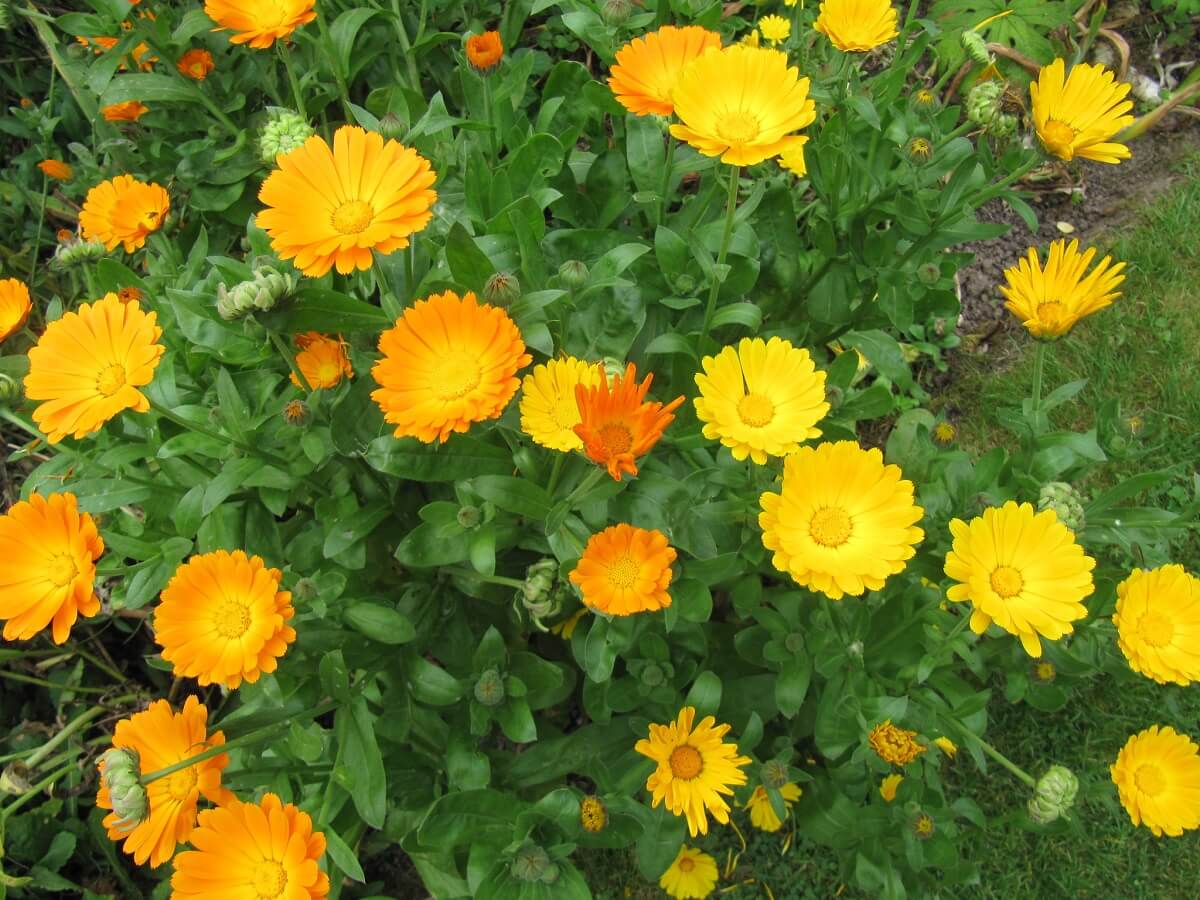
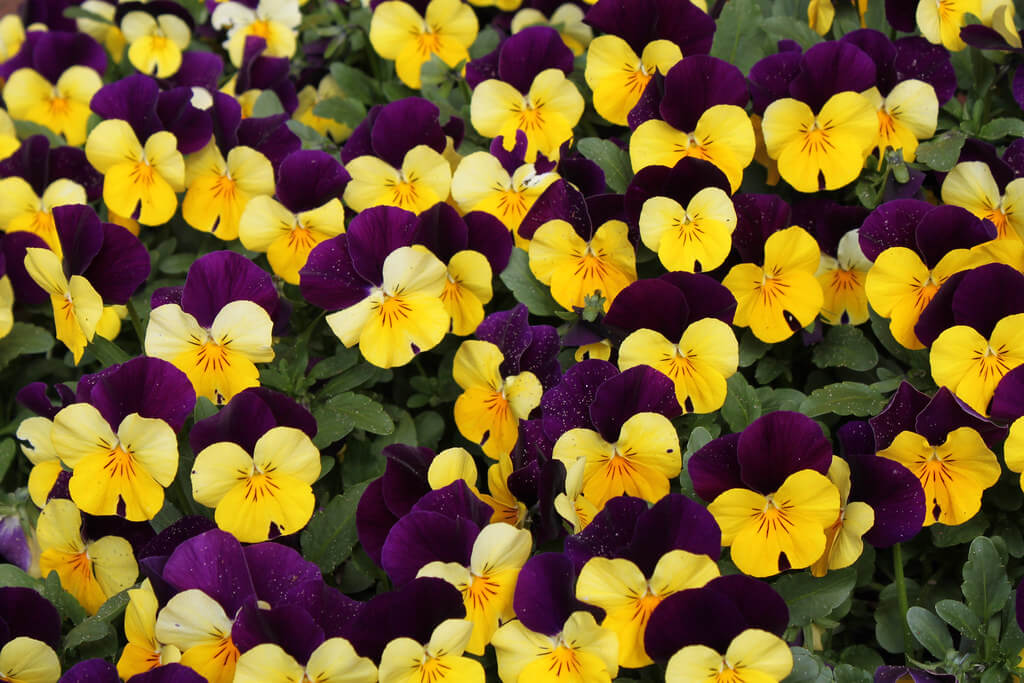
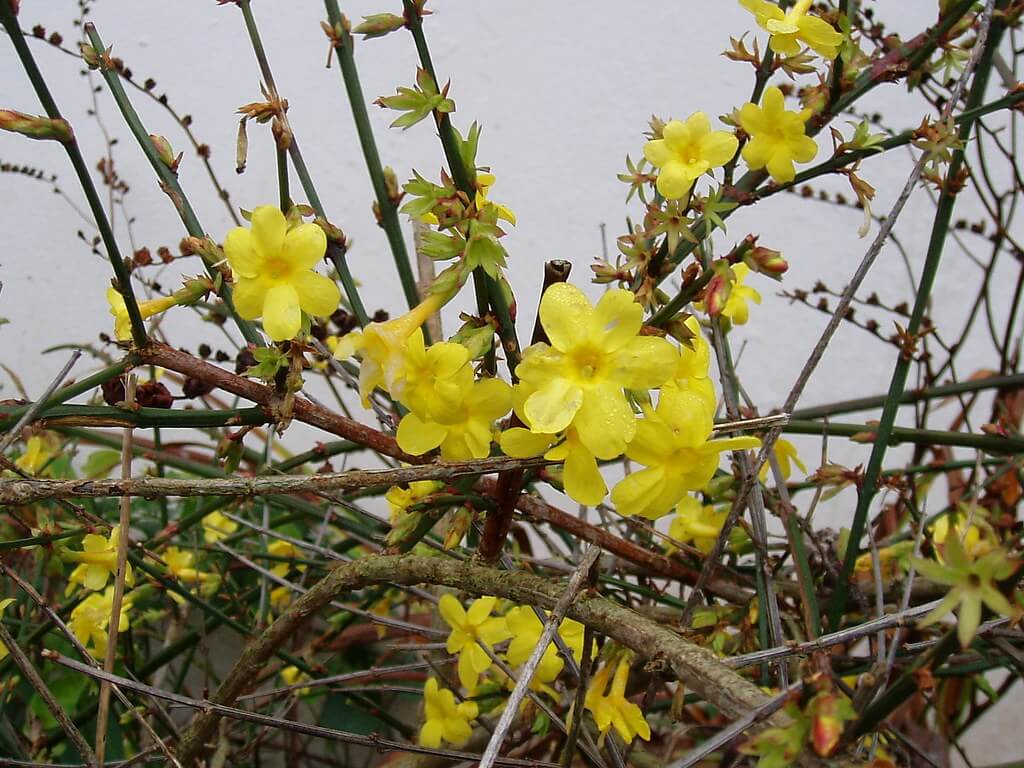
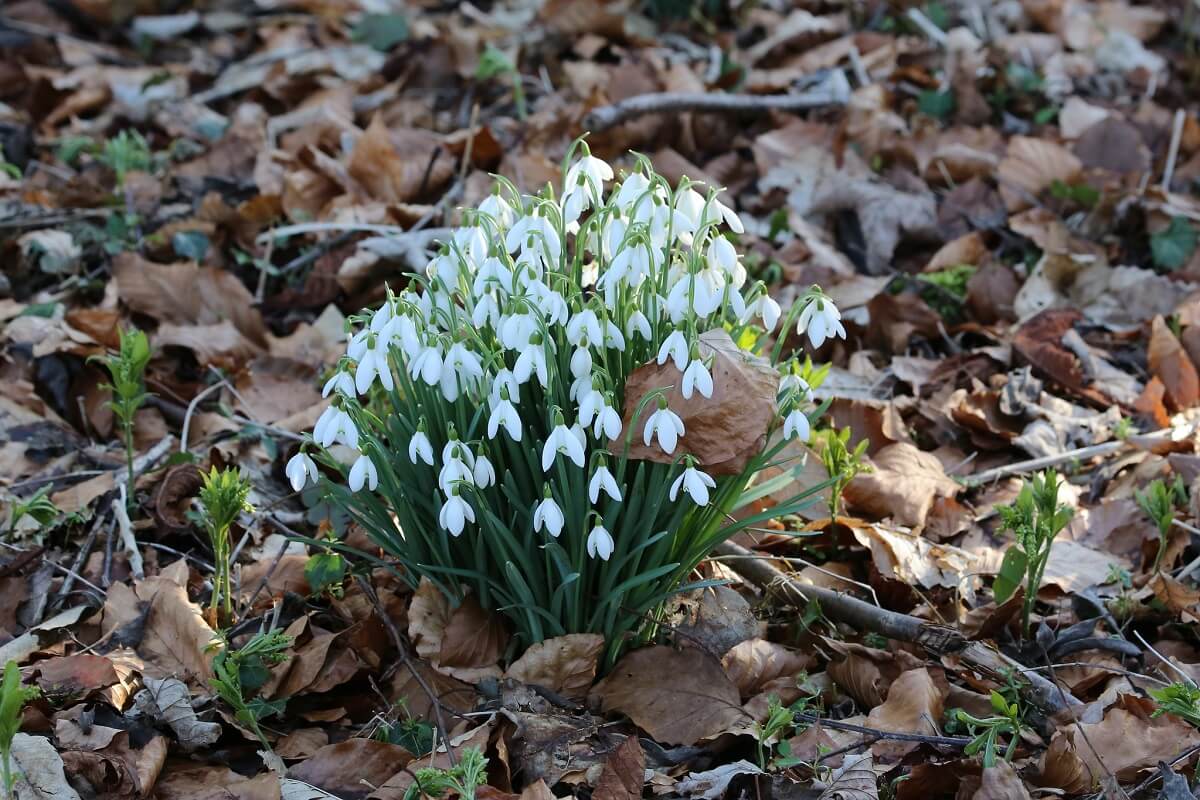
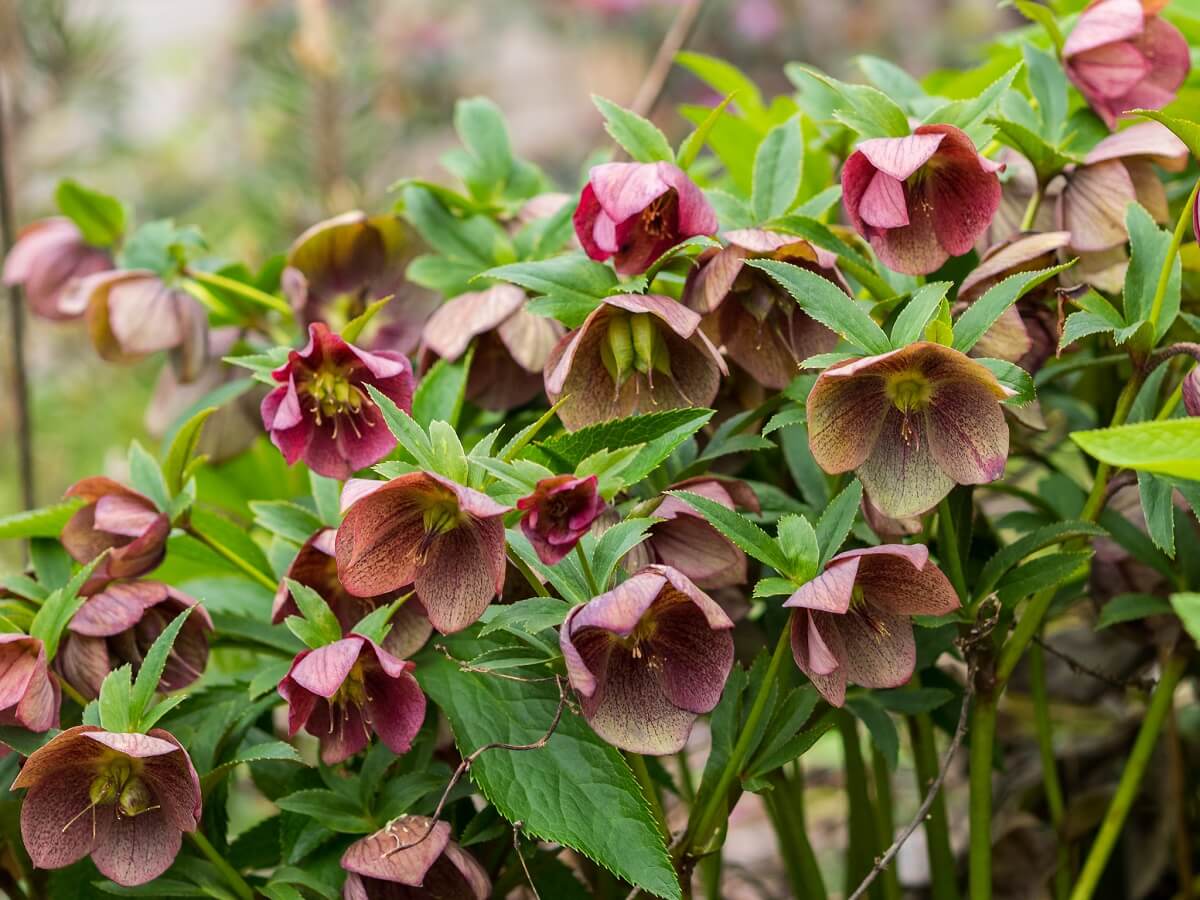
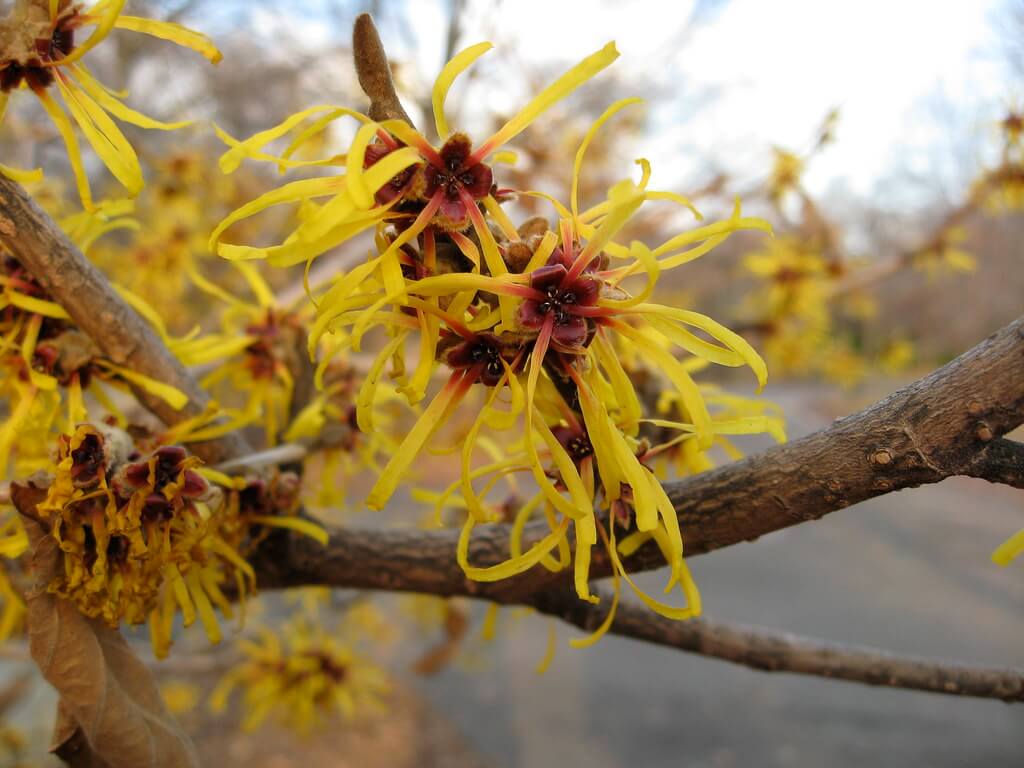
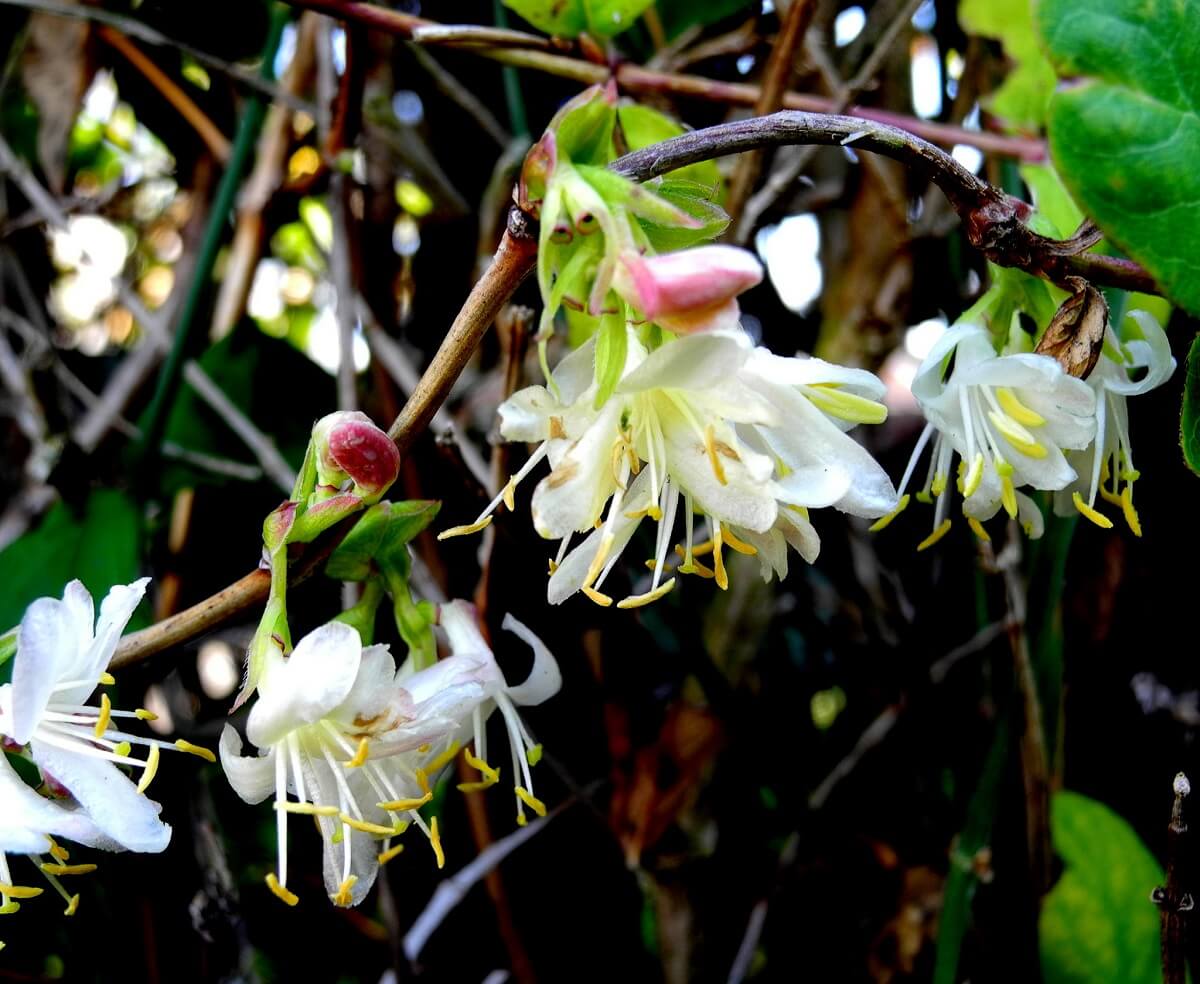








































Leave a Reply